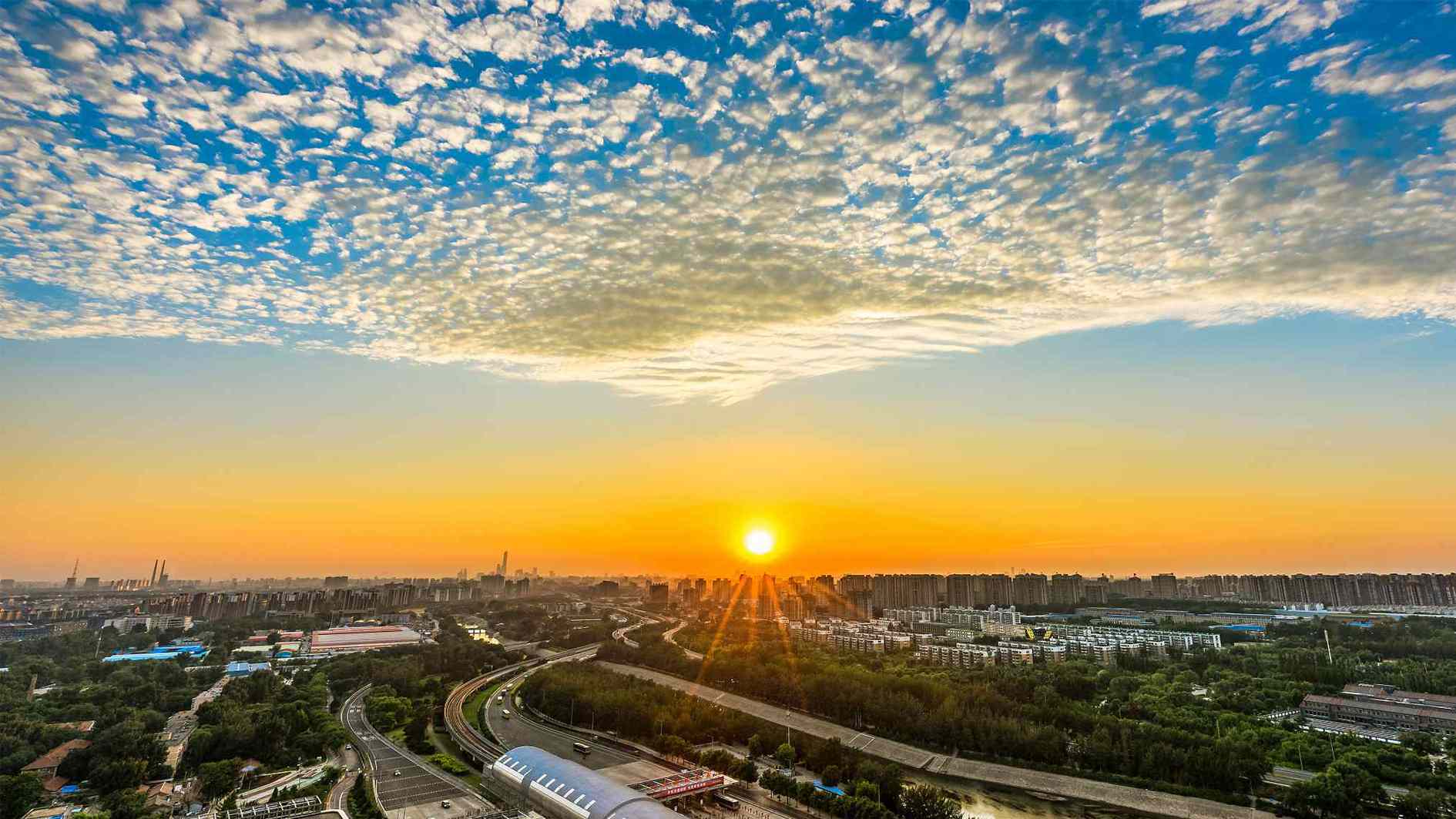
Culture
21:52, 22-Jun-2018
Beijing caps population of sub-center at 1.3 mln
By Chen Xieyuan
01:47

A district in Beijing is embracing its new role as a second center.
Tongzhou district is the proposed solution to the problem of an overpopulated Chinese capital, with over 21 million residents.
That is according to the latest draft of the planning document.
“Through the construction of the sub-center, we can relieve and undertake the population and pressure of the central city, to ensure the capital functions effectively,” said Shi Weiliang, chief planner of Beijing Municipal Commission of Urban Planning.
The document sets a population cap of 1.3 million for Tongzhou district by 2035.

File of Tongzhou district in Beijing /VCG Photo
File of Tongzhou district in Beijing /VCG Photo
The area of urban construction land will also be limited to around 100 square kilometers.
At the same time, efforts are being made to improve the utilization of industrial land, as production space in the city will be cut to balance urban construction and nature.
“A refined urban design to highlight architectural features, the ecological environment and public space control can allow people to have a sense of gain and happiness,” said Shi.
Tongzhou was created to help address some of Beijing's "urban ills," such as traffic congestion and air pollution.
Problems like these have already prompted the government to cap urban growth levels, even encouraging people to move into cities from the countryside.
Municipal government agencies have been moving their offices out of the Beijing downtown area to Tongzhou since the end of 2017.
The residency permit system will also be adjusted in an attempt to cap population levels as well.

SITEMAP
Copyright © 2018 CGTN. Beijing ICP prepared NO.16065310-3
Copyright © 2018 CGTN. Beijing ICP prepared NO.16065310-3